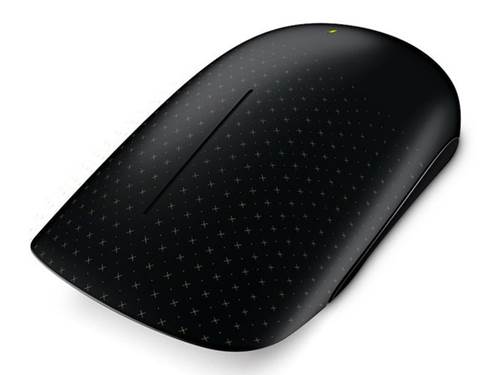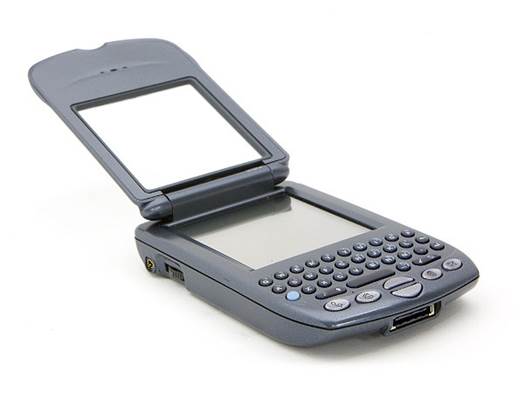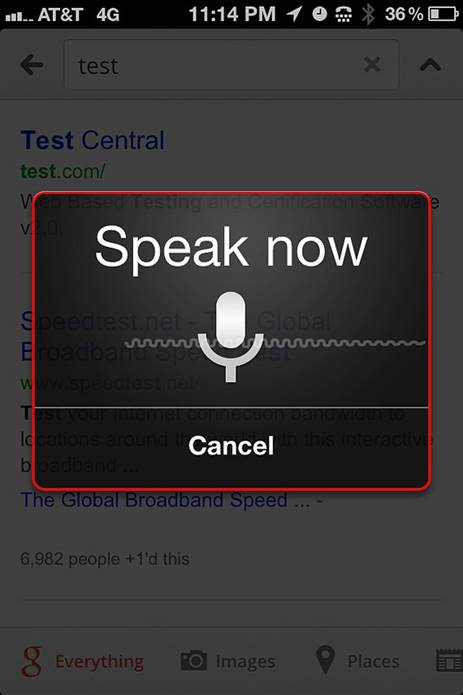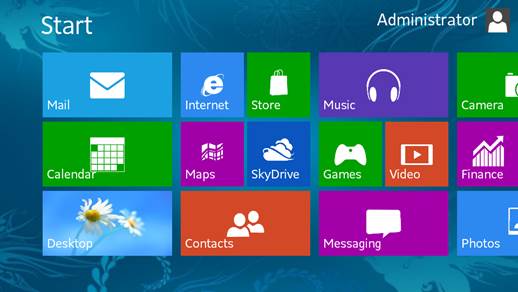Type, scroll, swipe, speak & more
The input device is the middleman standing
between you and your computer, but unlike most middlemen, you want the
input device there; your computer is not capable of responding to you without
the help of one or more input devices. Any device that takes the user’s
physical actions and translates them into a command the computer can understand
can be classified as an input device.
The two primary input devices we commonly
associate with PCs are mice and keyboards. The former lets you move a pointer
across the screen, navigate your computer’s file system, and launch and execute
software. The latter translates your keystrokes into text and shortcut commands
that let you perform a variety of functions and shortcuts.
Input miscellanea

Microsoft’s
Touch Mouse combines two input methods in one
Of course, mice and keyboards are not the
only common input devices. Others you may find useful include a microphone,
scanner, digital camera, webcam, and (especially in the case of notebooks) a
trackpad. There are a slew of more specialized input devices out there as well,
including game controllers, graphics tablets, motion-sensing devices, MIDI
keyboards, and countless more.
Some input devices are industry-specific.
For instance, medical imaging input devices can include computed tomography,
magnetic resonance imaging, positron emission tomography, and medical
ultrasonography, all of which are designed to let physicians look beneath the
skin to diagnose and treat injuries and illnesses.
The mobile pursuit

The
Treo 180 was one of the first pocket-sized devices to feature a full keyboard
Traditional input devices that worked well on
PCs turned out not to work so well in mobile devices. Early mobile phones and
PDAs (personal digital assistants) were equipped with a handful of directional
buttons and Confirmation and Escape keys that let users navigate menus to
perform basic functions. Many mobile phones also used a numeric Dialpad that
could double as directional keys and, in some contexts, as an alphanumeric
keyboard. As these devices became more capable, menus bloated and it became
laborious to navigate them with simple directional buttons.
Voice control became an essential part of
the mobile experience, thanks to its ability to let us perform functions
without touching buttons or looking at the screen. The hands-free movement, in
particular, owes its success to voice-based input. Some states have passed laws
that prohibit in-vehicle mobile phone use unless the driver is using a
hands-free setup.

Voice
recognition makes mobile phones safer to use when driving
With the advent of Web connectivity on
these mobile devices, mouse and keyboard analogues such as a stylus on a
resistive touchscreen and built-in or virtual QWERTY keyboards became popular
input technologies. The RIM (Research In Motion) BlackBerry may not have
pioneered the full QWERTY keyboard on mobile devices (Handspring and Palm have
that honor), but the business-centric smartphone definitely had a hand in
popularizing them among mobile Web early adopters. Some BlackBerry models
featured a trackball that let users scroll around the screen in any direction,
giving the device a leg up on others available at the time for mobile Web
browsing. The physical trackball on BlackBerrys was later replaced with a small
touch-sensitive square below the screen that functioned in much the same way.
Today’s tablets and smartphones have their
primary input devices, the touchscreen, integrated into the display. Cameras
and microphones are input devices that are particularly well-suited to mobile
devices. Apple’s iOS-based devices have had a hand in pushing the boundaries of
mobile input technologies, most recently with Siri, a voice-activated “personal
assistant.” To use Siri, users simply tap on the icon and begin speaking to
search the Web, get directions, make phone calls, and more.
The future of input
For the first time, the mouse and keyboard’s
place as the primary input devices on PCs is being challenged. Microsoft’s
latest operating system, Windows 8, is designed to work well on touchscreens
and supports a full-range of gestures for navigating, launching software, and
performing other functions.

Windows
8 was designed to be used in both touch- and keyboard/mouse-based environments
Using our voices to control software and
interact with our devices is nothing new, but it has the potential to further
marginalize the mouse and keyboard. Building on voice input, Microsoft’s Kinect
technology uses a combination of a microphone, video camera, infrared light
emitter, and infrared sensor to detect the user’s voice commands and motions.
Kinect has found uses in Microsoft’s Xbox 360 gaming console for voice- and
motion-controlled games, gesture-based navigation of streaming video services,
and more. Kinect For Windows has also been used to pioneer voice command- and
motion-based input for a variety of applications.
Because moving our bodies and speaking is
so fundamental to our nature, children quickly pick up the ins and outs of
using voice and motions to play games and navigate software and interactive
environments. For example, Alex’s Place, a Miami, Florida-based children’s
cancer and blood disorder treatment center, uses Kinect For Windows to help
children relax and have fun before and after exams. A handful of clothing
retailers are currently testing motion-sensing technology to let customers
virtually “try on” clothes. Car makers are using Kinect to let potential buyers
virtually “test drive” new cars. Kinect’s virtual eyes and ears have also been
shown to aid the physically and mentally disabled, helping the wheelchair-bound
more easily navigate crowded places, dyslexic children learn the alphabet, and
stroke victims relearn fine motor skills.
A better middleman
PC input devices tend to be taken for
granted; you’ll never see a keyboard make the top ten holiday gifts list. But
as the primary physical interface between you and your PC, you should carefully
consider the available options before you buy. Comfort, style, ergonomics, and
color all vary widely, and what works well for you may not work well for your
coworkers or your employees. Don’t know where to begin your input
investigation? Start with us. In the following pages, we’ll explore mice,
keyboards, trackpads, and touch-based input devices to help you determine which
ones best suit you.